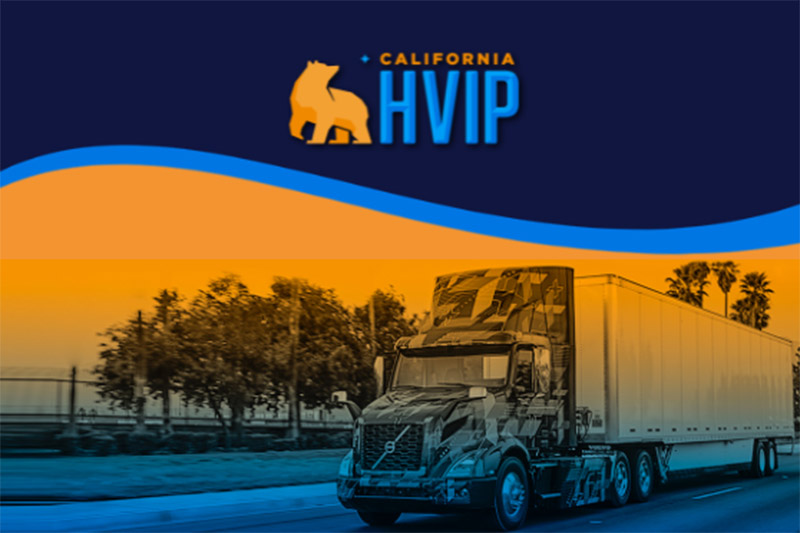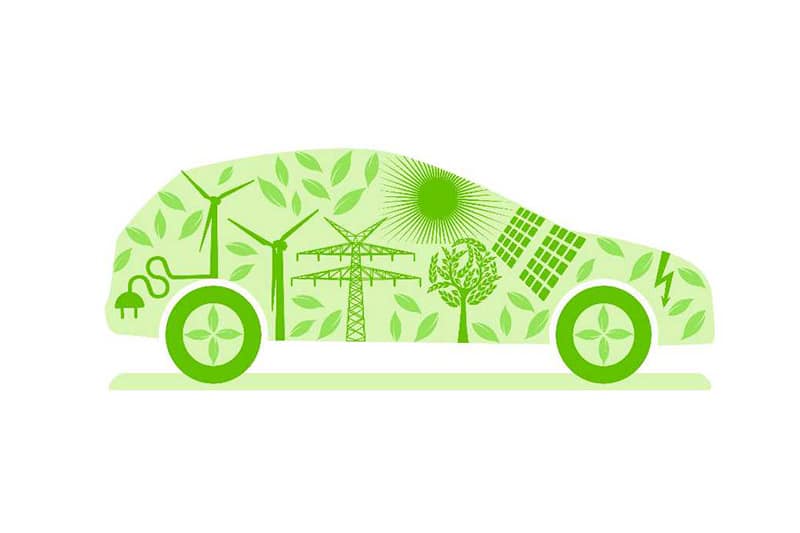Heavy-duty vehicles are defined as vehicles of GVWR (gross vehicle weight rating) of above 8,500 lbs in the federal jurisdiction and above 14,000 lbs in California (model year 1995 and later). Diesel engines used in heavy-duty vehicles are further divided into service classes by GVWR, as follows.
- Light heavy-duty diesel engines: 8,500 < LHDDE < 19,500 (14,000 < LHDDE < 19,500 in California, 1995+)
- Medium heavy-duty diesel engines: 19,500 ≤ MHDDE ≤ 33,000
- Heavy heavy-duty diesel engines (including urban bus): HHDDE > 33,000
Under the federal light-duty Tier 2 regulation, vehicles of GVWR up to 10,000 lbs used for personal transportation have been re-classified as “medium-duty passenger vehicles” (MDPV, primarily larger SUVs and passenger vans) and are subject to the light-duty vehicle legislation. Therefore, the same diesel engine model used for the 8,500 – 10,000 lbs vehicle category may be classified as either light- or heavy-duty and certified to different standards, depending on the application.
US and California regulations do not require that complete heavy-duty diesel vehicles be chassis certified, instead requiring certification of their engines (as an option, complete heavy-duty diesel vehicles under 14,000 lbs can be chassis certified). Consequently, the basic standards are expressed in g/bhp·hr and require emission testing over the transient FTP engine dynamometer cycle (however, chassis certification may be required for complete heavy-duty gasoline vehicles with pertinent emission standards expressed in g/mile).
Additional emission testing requirements, phased-in from 1998 to 2007, include:
- Supplemental Emission Test (SET): A steady-state test to ensure that heavy-duty engine emissions are controlled during steady-state type driving, such as a line-haul truck operating on a freeway. SET emission limits are numerically equal to the FTP limits.
- Not-to-Exceed (NTE) testing: Driving of any type that could occur within the bounds of a pre-defined NTE control area, including operation under steady-state or transient conditions and under varying ambient conditions. NTE emission limits are higher than the corresponding FTP limits.
These tests were introduced for most signees of the 1998 Consent Decrees between the EPA and engine manufacturers for the period of 1998 – 2004. Federal regulations require the supplemental testing for all engine manufacturers effective 2007. In California, the tests are required for all engines effective model year 2005. NTE limits are applicable to engine certifications only; they are not applicable to chassis-certified vehicles.


